Jan
22nd
Stay connected Subscribe to our RSS feed
A formidable new breed of Formula 1 cars appeared during the first winter test session 30 years ago in preparation for the 1983 season.
The 1982 cars had venturi tunnel located inside their sidepods sealed by sliding skirts that created an incredible amount of downforce. If, for any reason, a skirt broke or got stuck in its upper position, the car would instantly lose downforce and would crash really hard.
Following the tragic accidents that cost the life of the great Gilles Villeneuve and put an end to Didier Pironi's career in 1982, the FIA decided to change the technical regulations.
For 1983, the FIA required the cars to be fitted with a flat bottom from mid-ship to the axle of the rear wheels, and put a ban on skirts. The engineers realized that they lost something like 60% of the total downforce.
However, they quickly discovered that a flat bottom could also generate a lot of downforce if it was angled correctly in relation to the ground, and was fitted with a diffuser (called an extractor at the time) at the rear.
Then, Renault aerodynamicists, including Jean-Claude Migeot, found that blowing hot exhaust gases in the diffuser increased downforce.
“Exhaust blowing to create a fluid skirt on the side of the car (also tested in early 1983) did not work, but blowing the rear diffuser was quite powerful. I remember something like 50 kg on the rear axle at full throttle, whatever the speed,” Migeot told F1 expert, Craig Scarborough.
As you can see in these photos, the 1983 F1 cars had very short sidepods, almost limited to the dimensions of the mandatory flat bottom. The concept was to bring all the weight possible onto the rear axle to increase traction out of the corners.
The Gordon Murray-designed Brabham BT-52B BMW is quite stunning, with super short sidepods that only contained the radiators and heat exchanger of the single turbo.
The 1982 cars had venturi tunnel located inside their sidepods sealed by sliding skirts that created an incredible amount of downforce. If, for any reason, a skirt broke or got stuck in its upper position, the car would instantly lose downforce and would crash really hard.
Following the tragic accidents that cost the life of the great Gilles Villeneuve and put an end to Didier Pironi's career in 1982, the FIA decided to change the technical regulations.
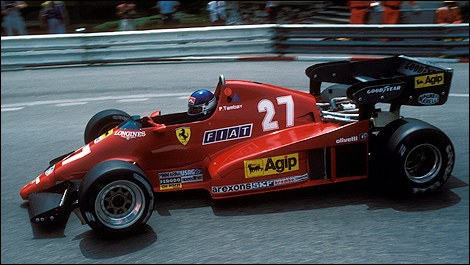 |
| Patrick Tambay, Ferrari 126C2 (Photo: WRi2) |
For 1983, the FIA required the cars to be fitted with a flat bottom from mid-ship to the axle of the rear wheels, and put a ban on skirts. The engineers realized that they lost something like 60% of the total downforce.
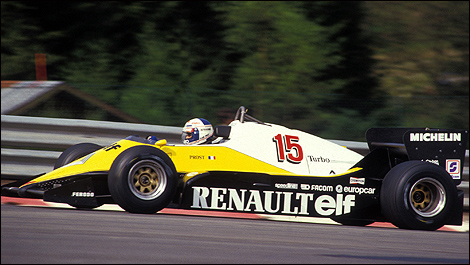 |
| Alain Prost, Renault RE40 (Photo: WRi2) |
However, they quickly discovered that a flat bottom could also generate a lot of downforce if it was angled correctly in relation to the ground, and was fitted with a diffuser (called an extractor at the time) at the rear.
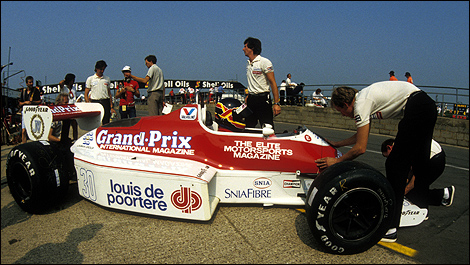 |
| Thierry Boutsen, Arrows A6 (Photo: WRi2) |
Then, Renault aerodynamicists, including Jean-Claude Migeot, found that blowing hot exhaust gases in the diffuser increased downforce.
“Exhaust blowing to create a fluid skirt on the side of the car (also tested in early 1983) did not work, but blowing the rear diffuser was quite powerful. I remember something like 50 kg on the rear axle at full throttle, whatever the speed,” Migeot told F1 expert, Craig Scarborough.
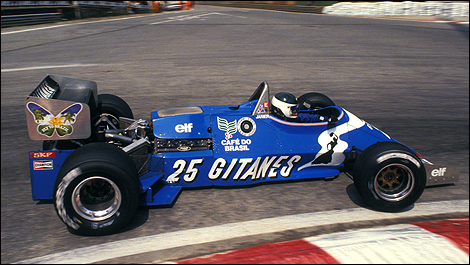 |
| Jean-Pierre Jarierl, Ligier JS21 (Photo: WRi2) |
As you can see in these photos, the 1983 F1 cars had very short sidepods, almost limited to the dimensions of the mandatory flat bottom. The concept was to bring all the weight possible onto the rear axle to increase traction out of the corners.
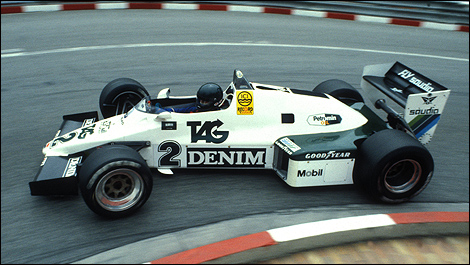 |
| Jacques Laffite, Williams FW08C (Photo: WRi2) |
The Gordon Murray-designed Brabham BT-52B BMW is quite stunning, with super short sidepods that only contained the radiators and heat exchanger of the single turbo.
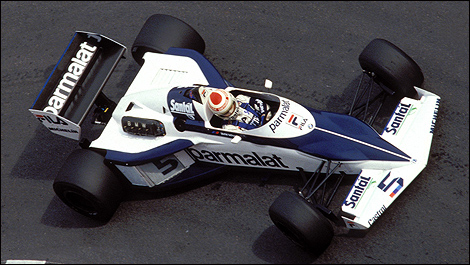 |
| Nelson Piquet, Brabham-BMW BT52B (Photo: WRi2) |
 The latest auto news, reviews, prices, product and vehicle releases.
The latest auto news, reviews, prices, product and vehicle releases.